Lemon Ginger Zucchini Marmalade
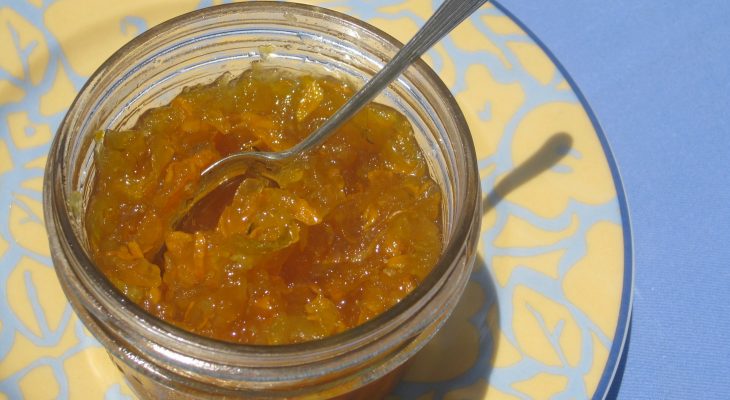 Lemon Ginger Zucchini Marmalade
Lemon Ginger Zucchini Marmalade
3 pc. lemons
1 pc. medium orange
2 1/2 cups water
1/2 cup chopped fresh peeled ginger root (I used 1/3 cup chopped crystallized ginger)
1 cup shredded zucchini
4 1/2 cups granulated sugar (I used all the sugar so I wouldn’t have so much pucker action)
Remove the thin outer rind from lemons and orange with vegetable peeler and cut into fine strips with scissors or sharp knife; or use a zester. Place in a large stainless steel or saucepan. Remove the remaining white pith in large pieces and add to saucepan. Stir in water and ginger root. Bring to a boil over high heat, cover, reduce heat and boil gently for 25 minutes. Using tongs remove and discard white rind. Finely chop fruit pulp in a food processor or blender. Add pulp and zucchini to saucepan. Bring to a boil over high heat, reduce heat, cover and boil gently for 20 minutes, stirring occasionally. Add sugar to fruit mixture. Return to a boil* and boil rapidly uncovered, until mixture will form a gel**, about 30 minutes, stirring frequently. Ladle into sterilized jars, remove excess air and fill to ¼” headspace. Wipe rims and add hot lids and rings. Process the jars for 10 minutes in a water bath at a full boil. Makes about 4 1/2 cups
* (If you want to skip the gel point and not cook it down for another 30 minutes you can add 3 T. of Ball flex batch pectin now and return to a boil for one minute. After the minute proceed to ladling.)
**For the gel; I used the freezer plate test method. (Located on the front of the website toward the bottom right for directions)
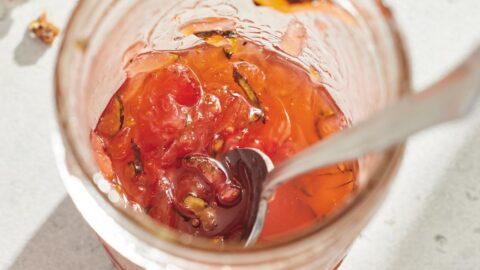 Zucchini-Strawberry Jam
Zucchini-Strawberry Jam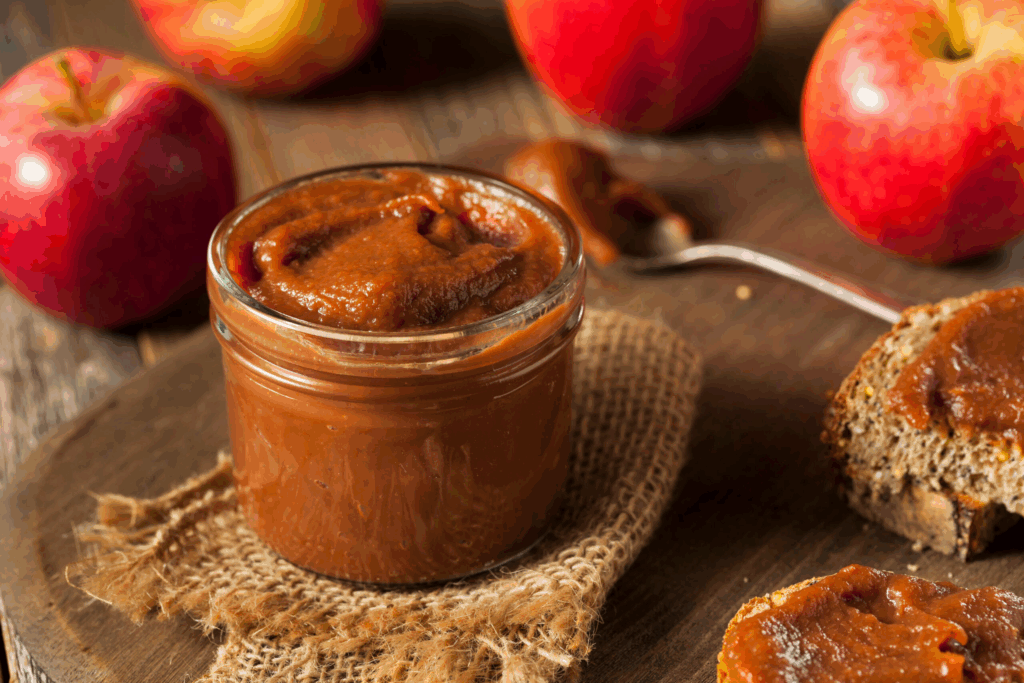
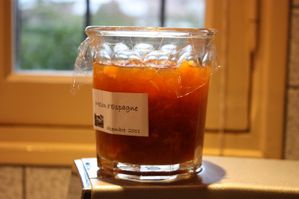 Citron Melon Jam with Orange and Star Anise
Citron Melon Jam with Orange and Star Anise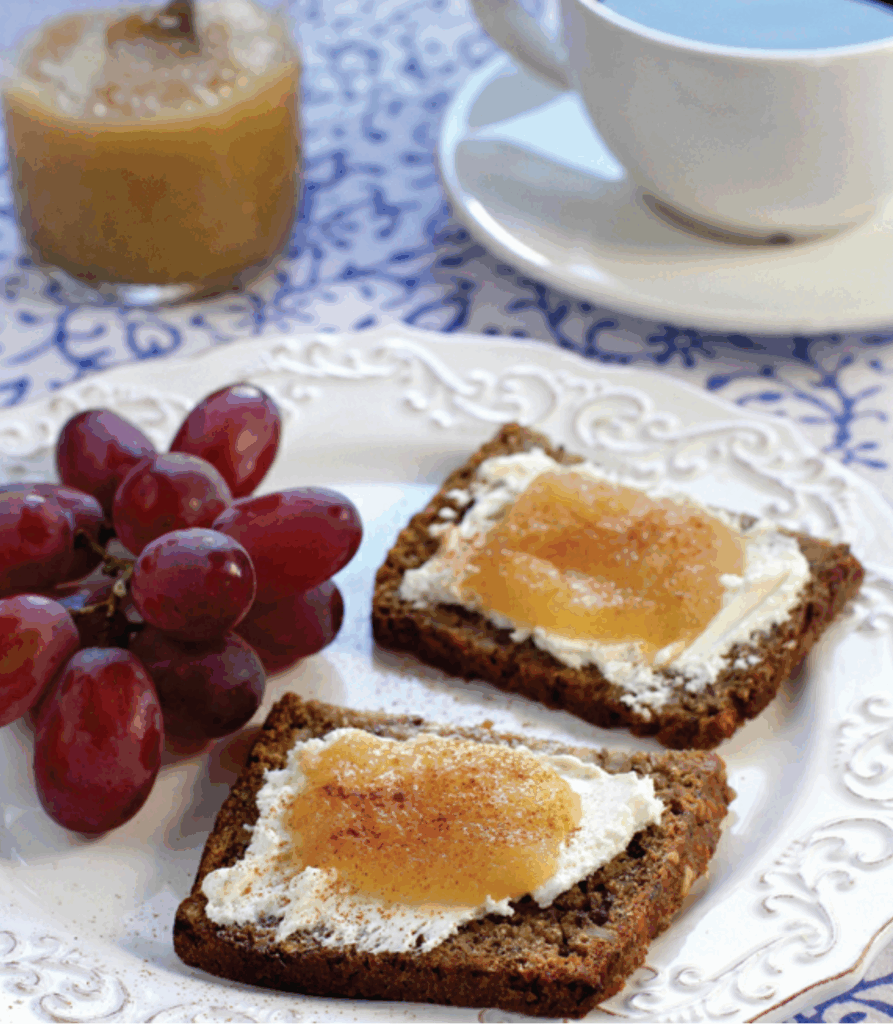 Pear Honey Butter
Pear Honey Butter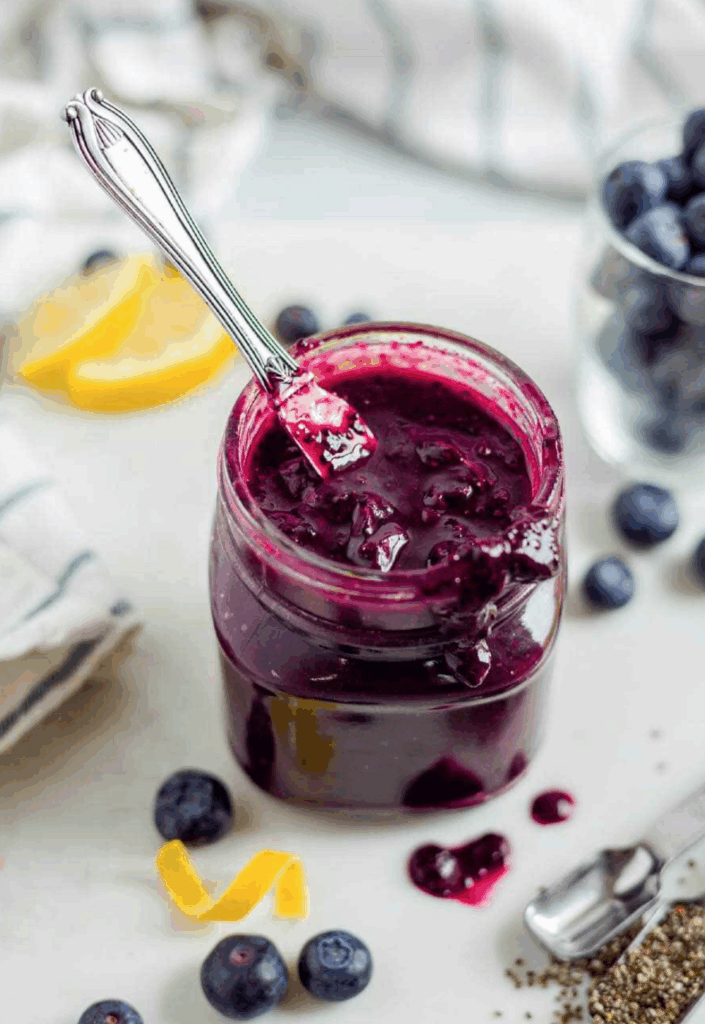 Blueberry Chia Jam
Blueberry Chia Jam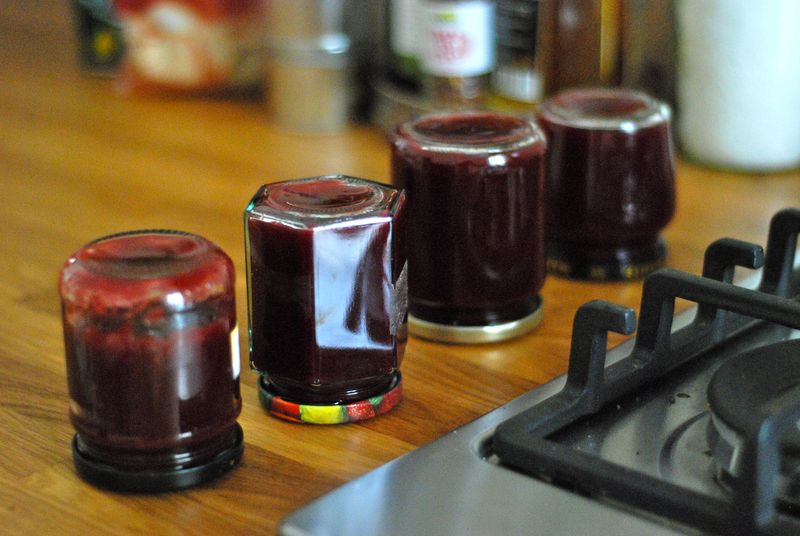 Marisa McClellan’s Cherry Butter
Marisa McClellan’s Cherry Butter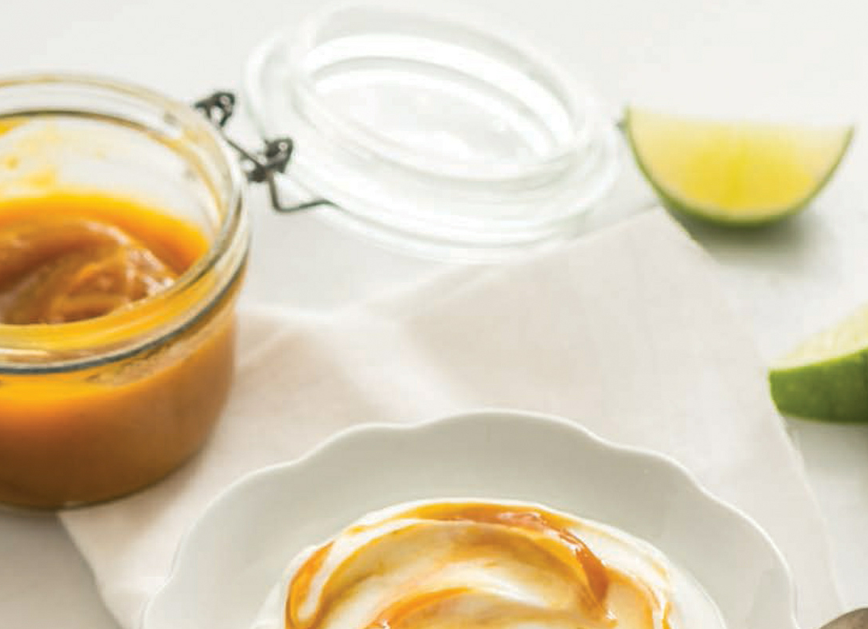 Mango Lime Butter
Mango Lime Butter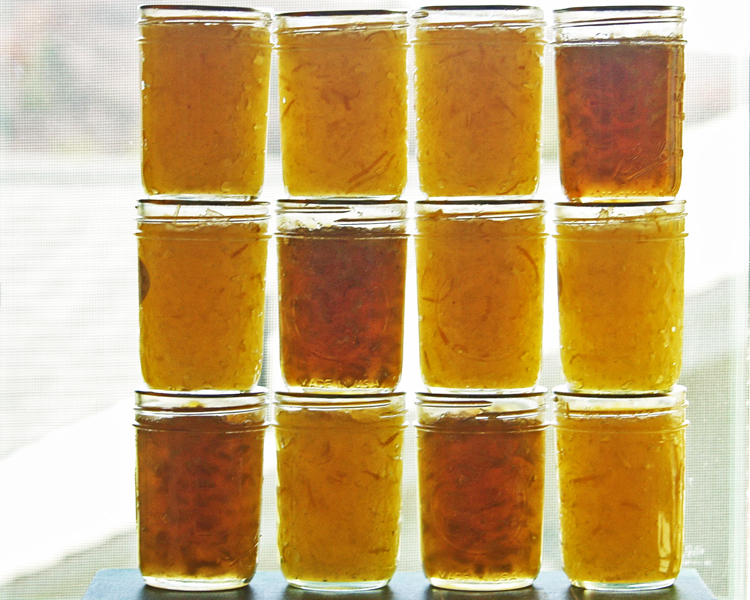
 Spiced Quince Sauce
Spiced Quince Sauce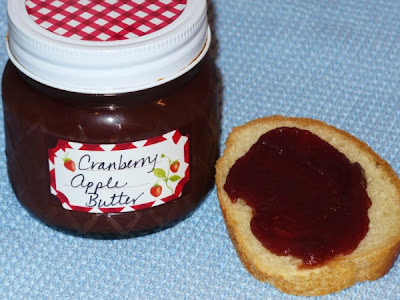
 Crab Apple Jelly
Crab Apple Jelly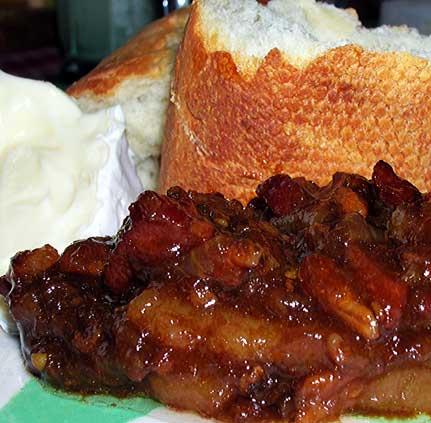 Bacon, Onion and Beer Jam
Bacon, Onion and Beer Jam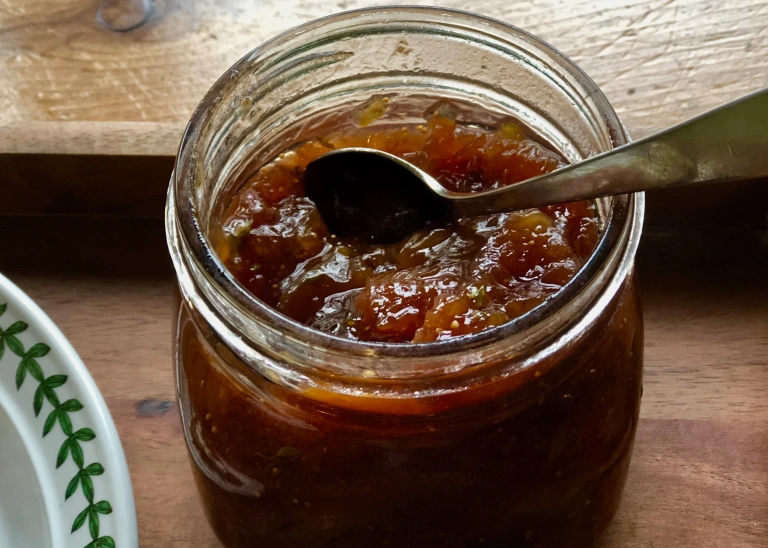 Roasted Fig Preserves with Lemon and Thyme
Roasted Fig Preserves with Lemon and Thyme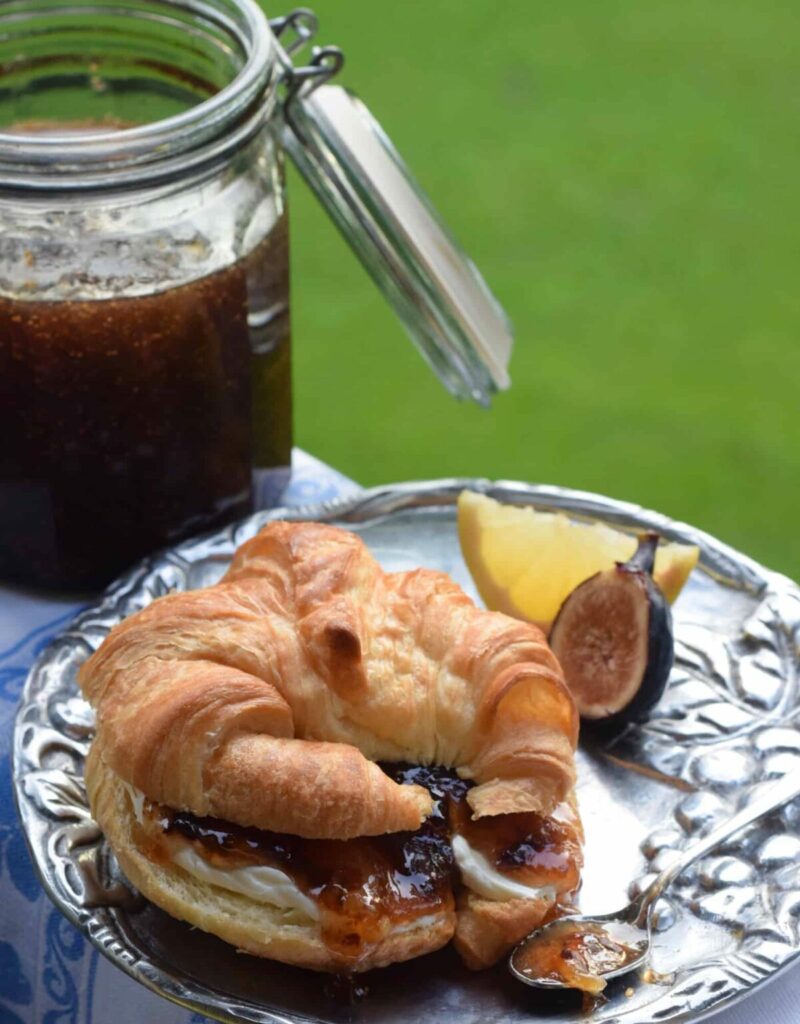 Fig & Lemon Preserves
Fig & Lemon Preserves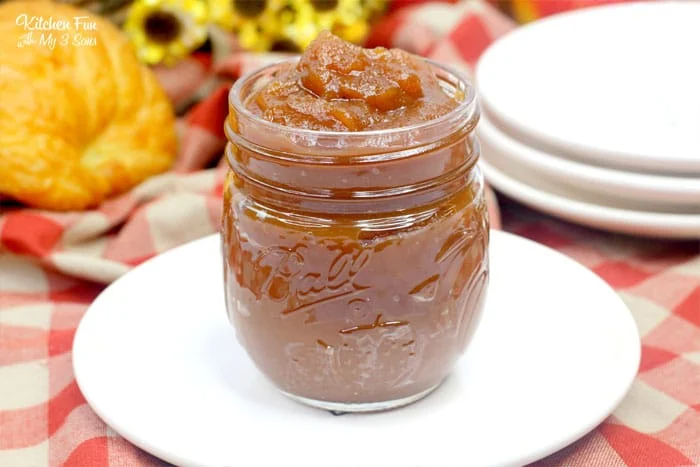 Salted Caramel Apple Butter
Salted Caramel Apple Butter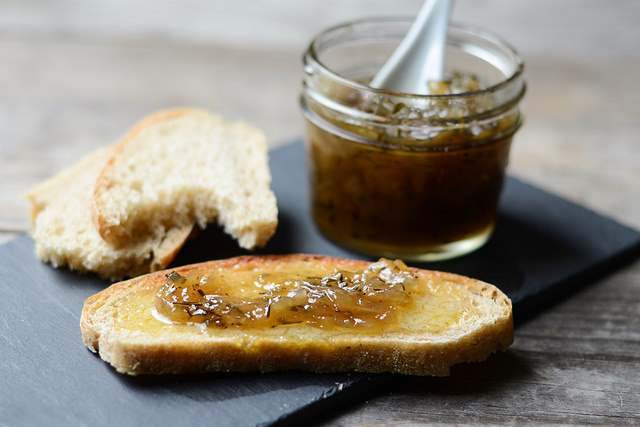 Maple Onion and Thyme Jam
Maple Onion and Thyme Jam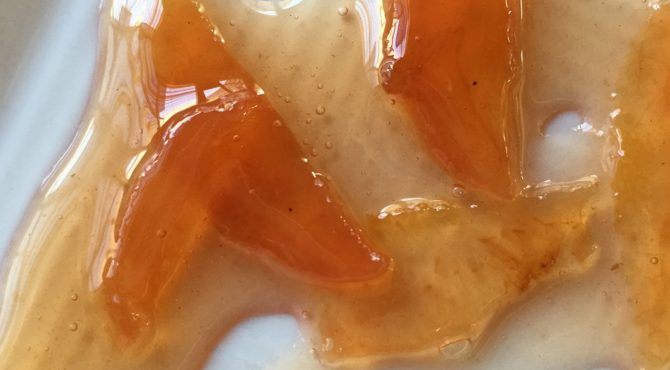 Kieffer Pear Preserves
Kieffer Pear Preserves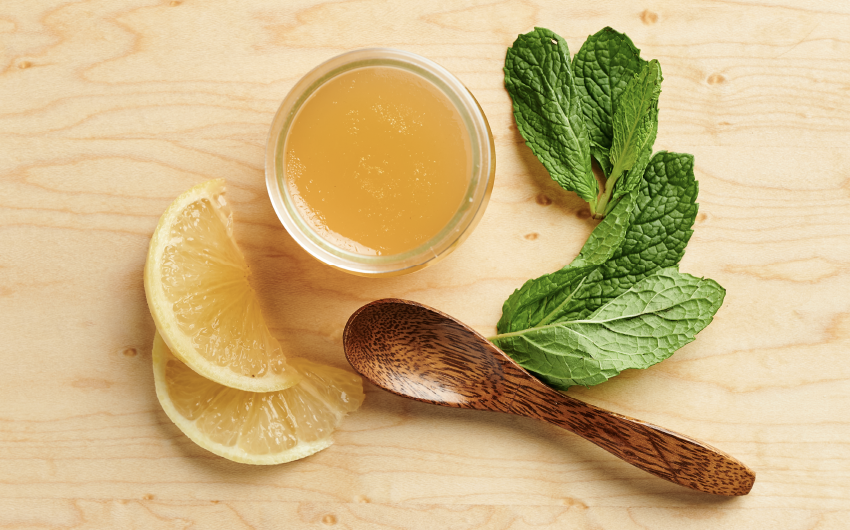 Honey, Mint & Lemon Jelly
Honey, Mint & Lemon Jelly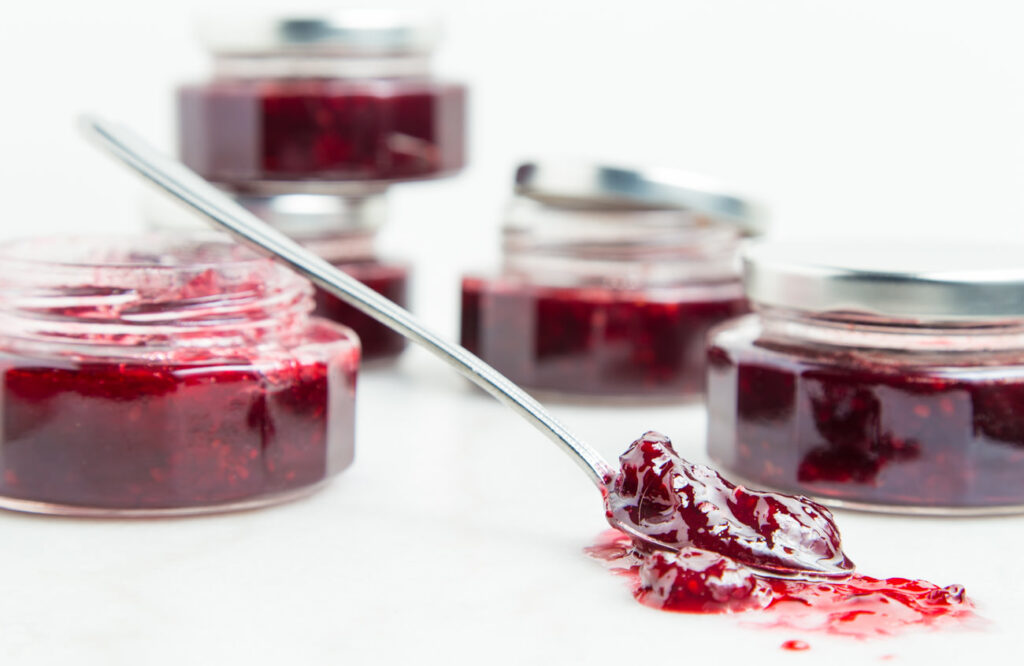 Blackberry Roasted Plum Preserves
Blackberry Roasted Plum Preserves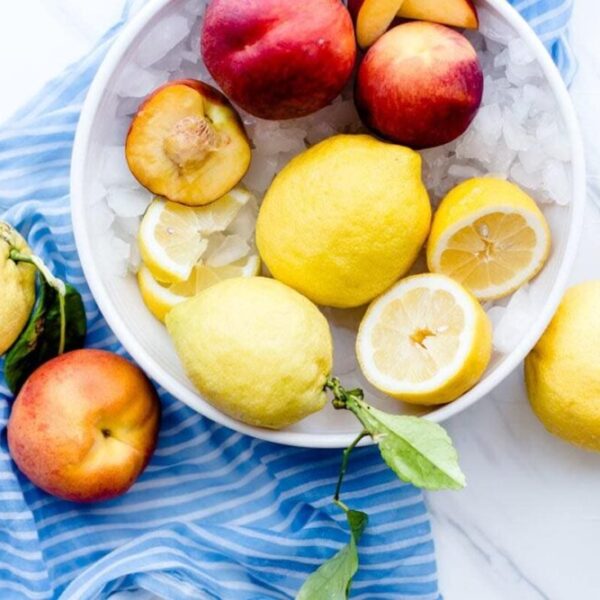 Peach + Citrus Marmalade
Peach + Citrus Marmalade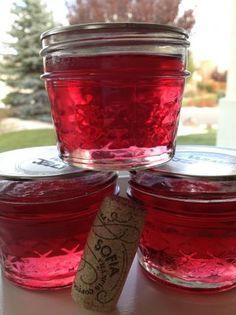 “just a cup” rosé wine jelly
“just a cup” rosé wine jelly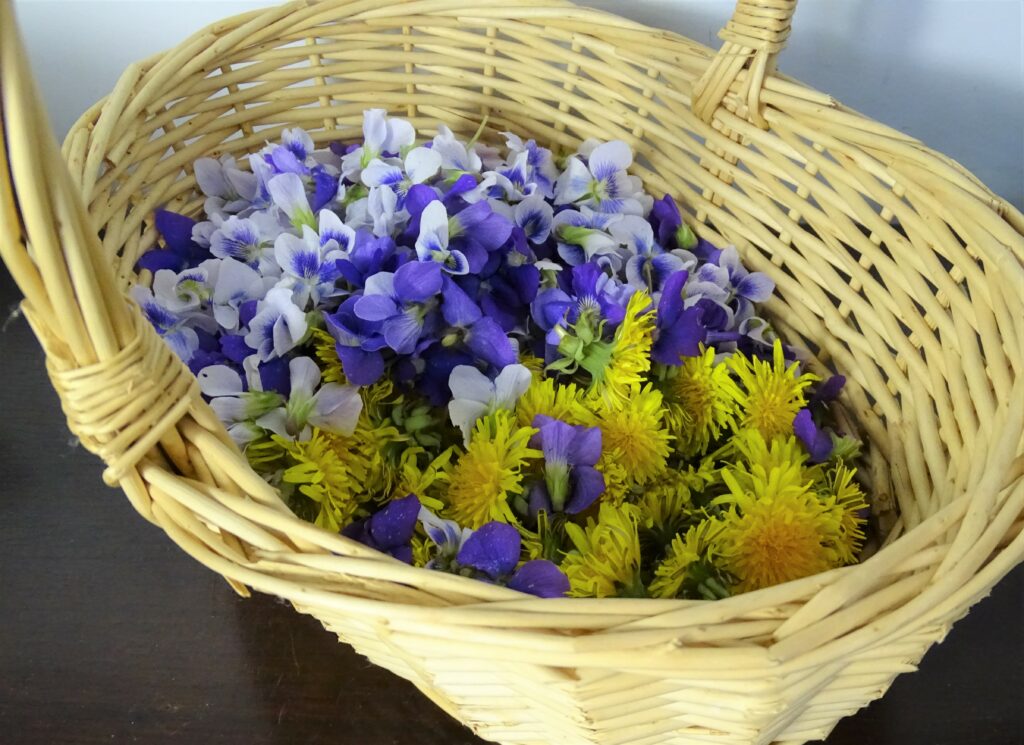
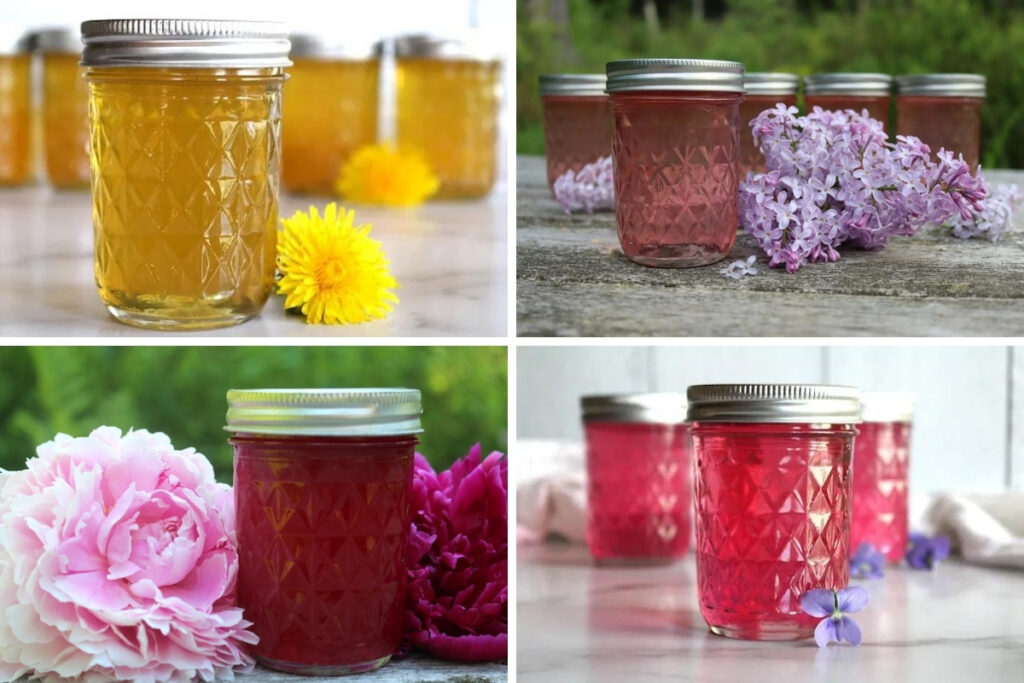
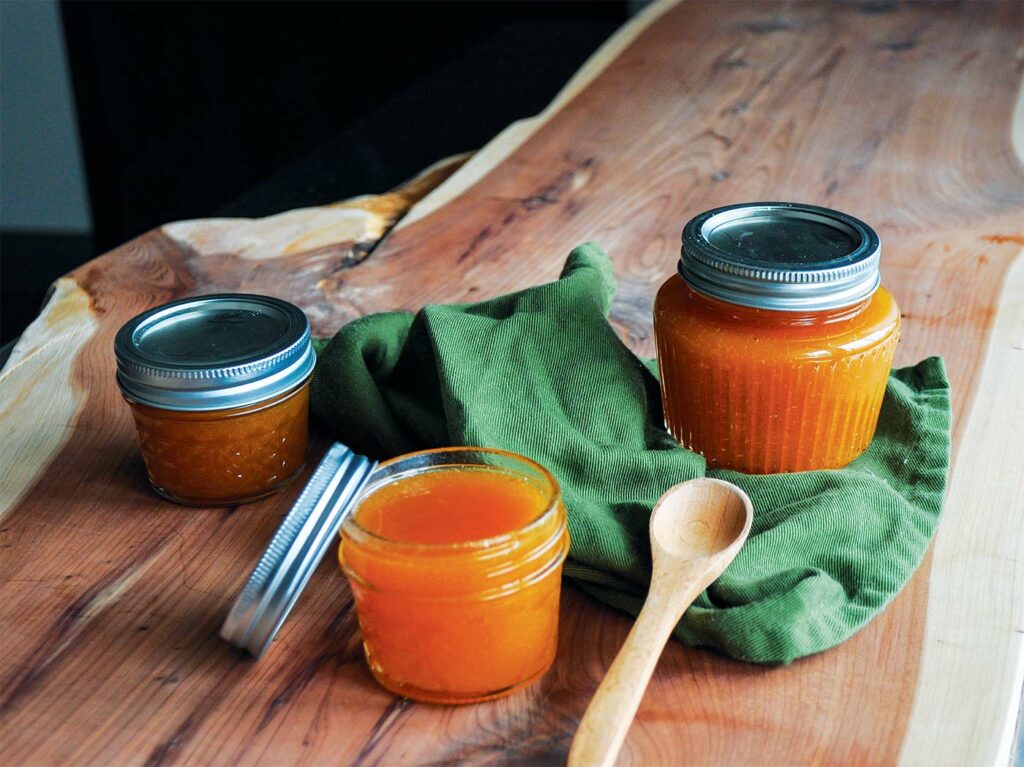 Salted Honey Cantaloupe Jam
Salted Honey Cantaloupe Jam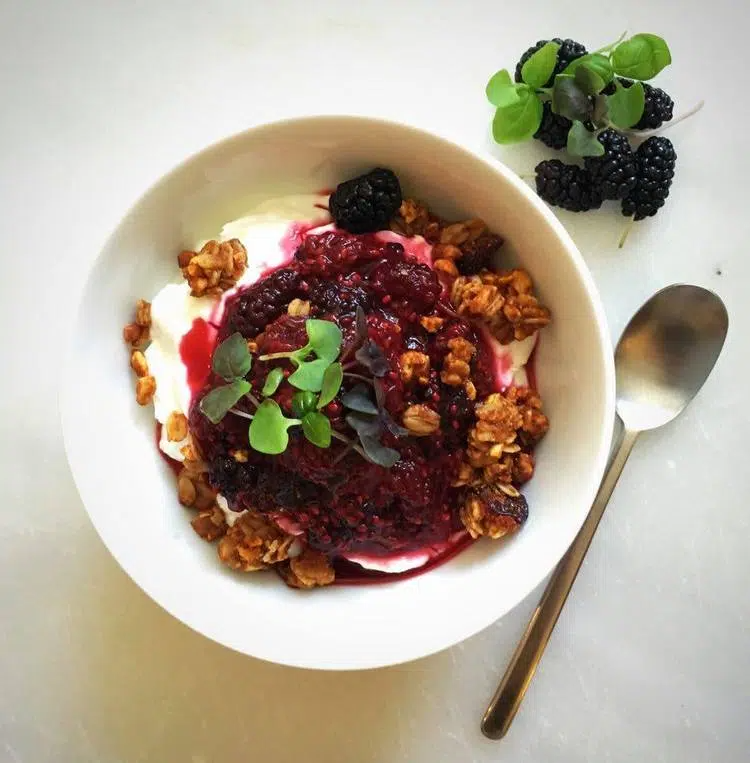
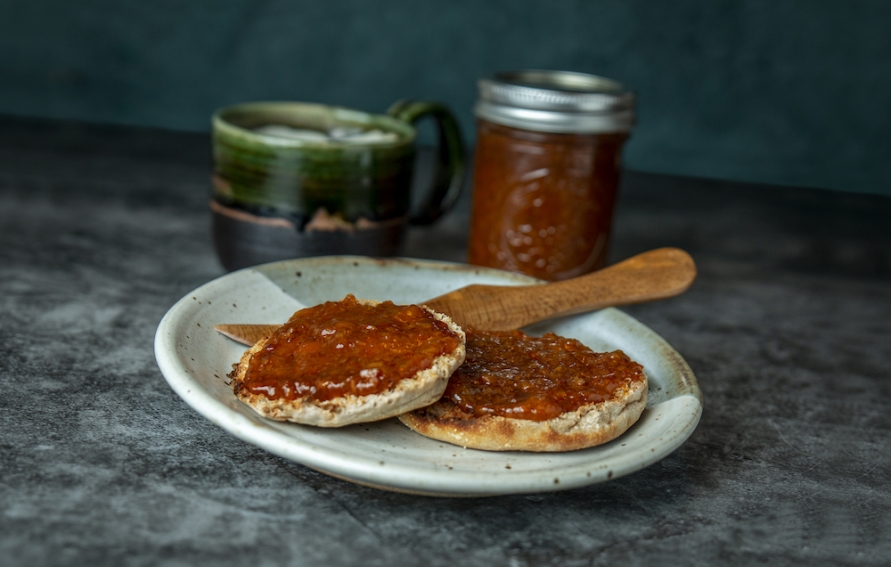 Chanterelle-Apricot Jam
Chanterelle-Apricot Jam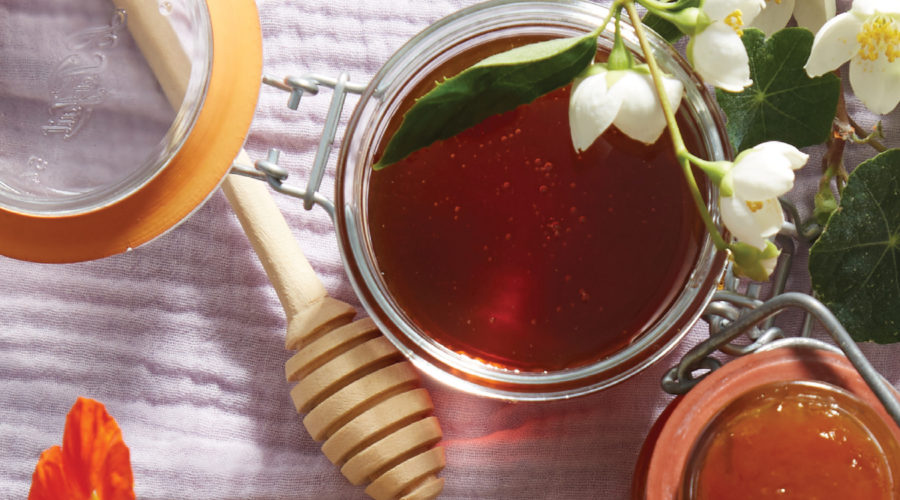 Apricot-Chamomile Jam
Apricot-Chamomile Jam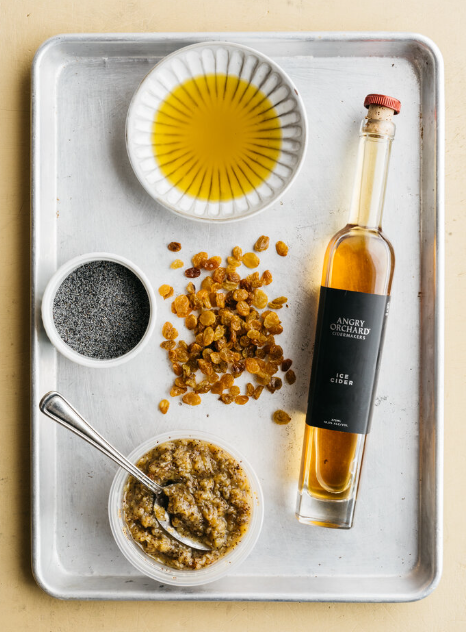 Raisin Jam
Raisin Jam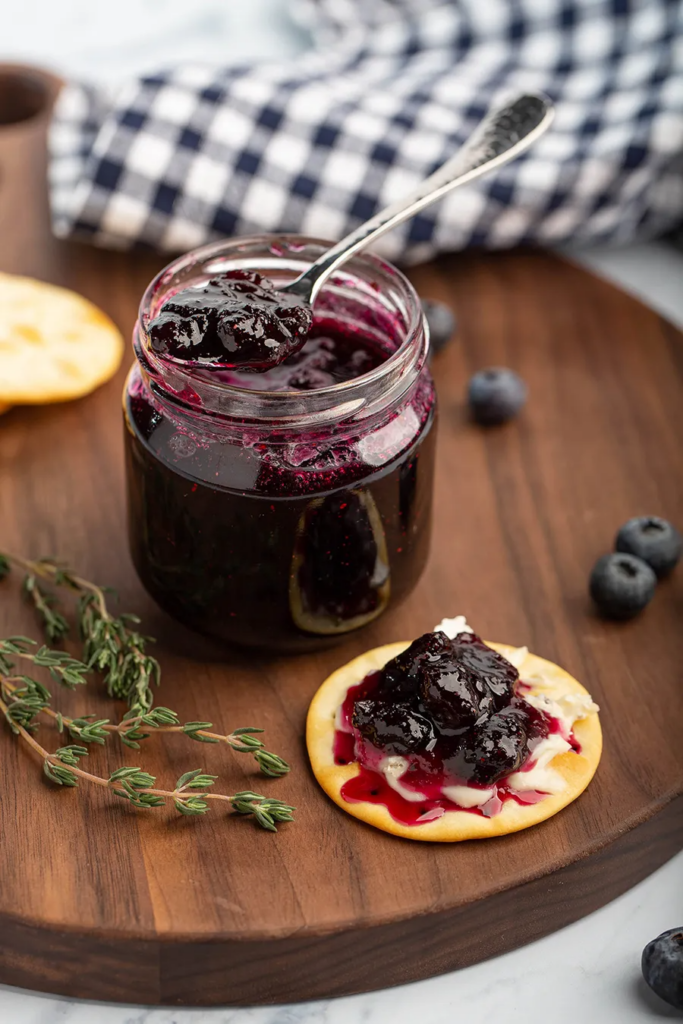 Small Batch Blueberry Thyme Jam
Small Batch Blueberry Thyme Jam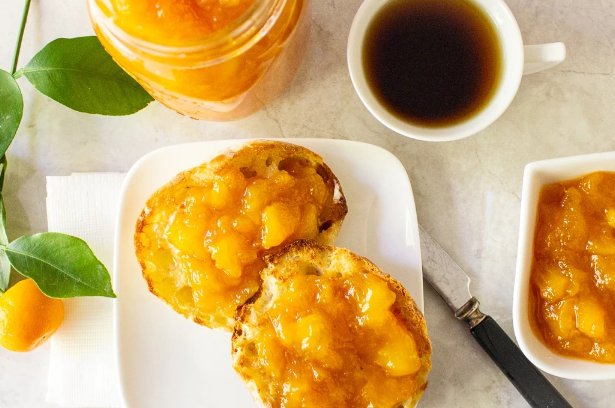 Peach Marmalade
Peach Marmalade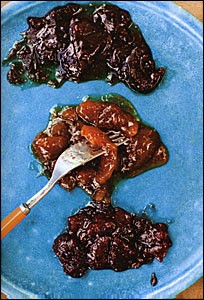 Brown Turkey Fig Jam with Sherry & Fennel
Brown Turkey Fig Jam with Sherry & Fennel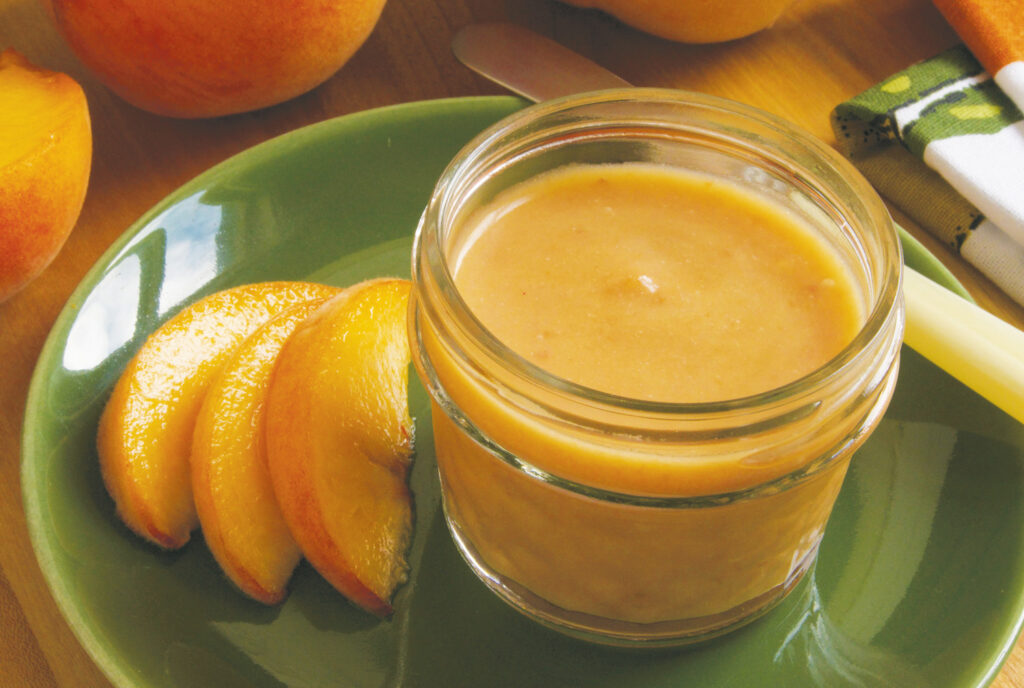 Three Stone Fruit Honey Butter
Three Stone Fruit Honey Butter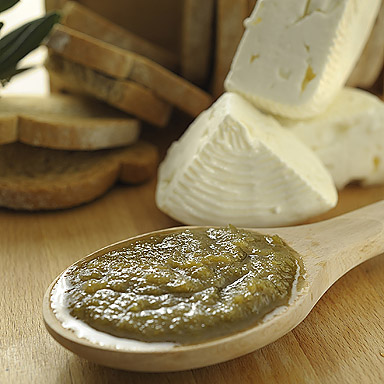 Confiture d’Olives et Citron (Sweet Olive Jam with Lemon)
Confiture d’Olives et Citron (Sweet Olive Jam with Lemon)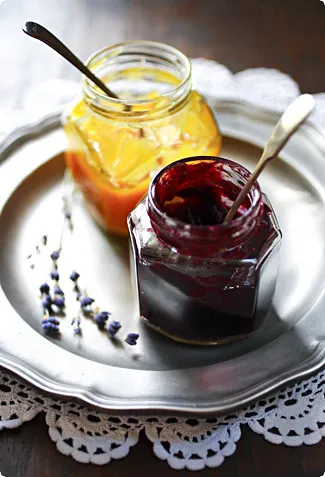 Peach and Lemongrass Butter
Peach and Lemongrass Butter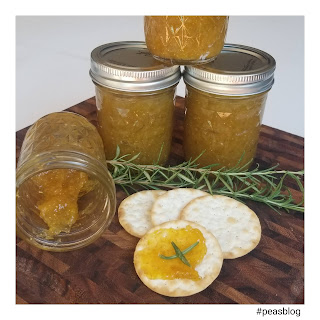 Rosemary Fig Preserves
Rosemary Fig Preserves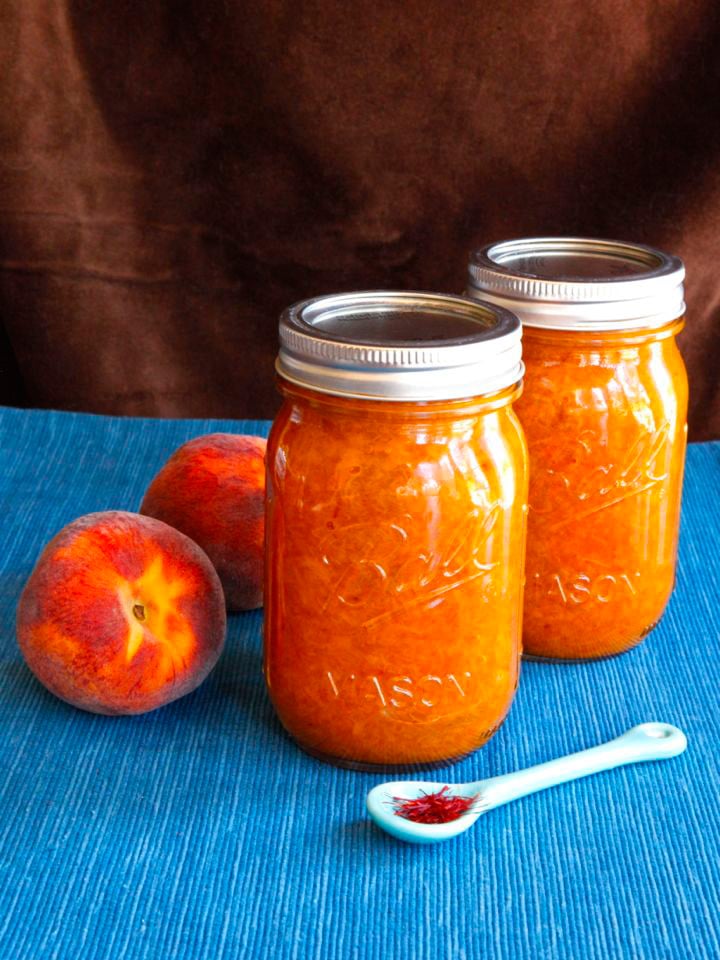 Peach-Saffron Preserves
Peach-Saffron Preserves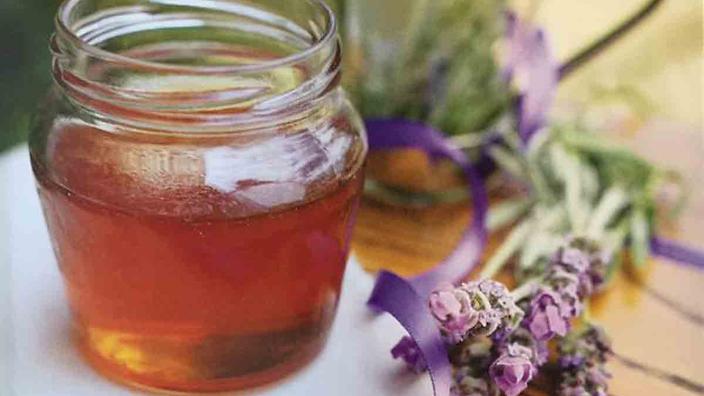
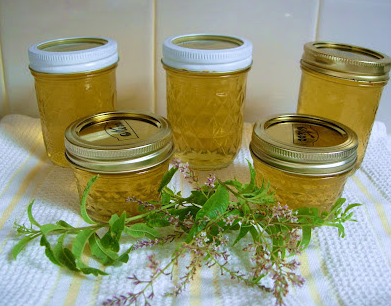 Lemon Verbena Jelly
Lemon Verbena Jelly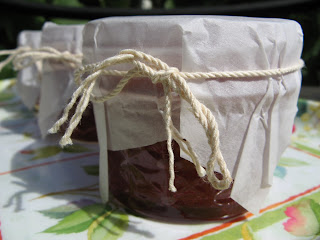 Black Currant Sun Jelly
Black Currant Sun Jelly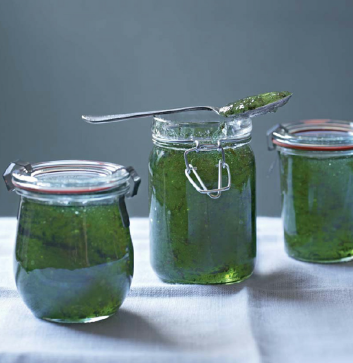 Mint Jelly
Mint Jelly